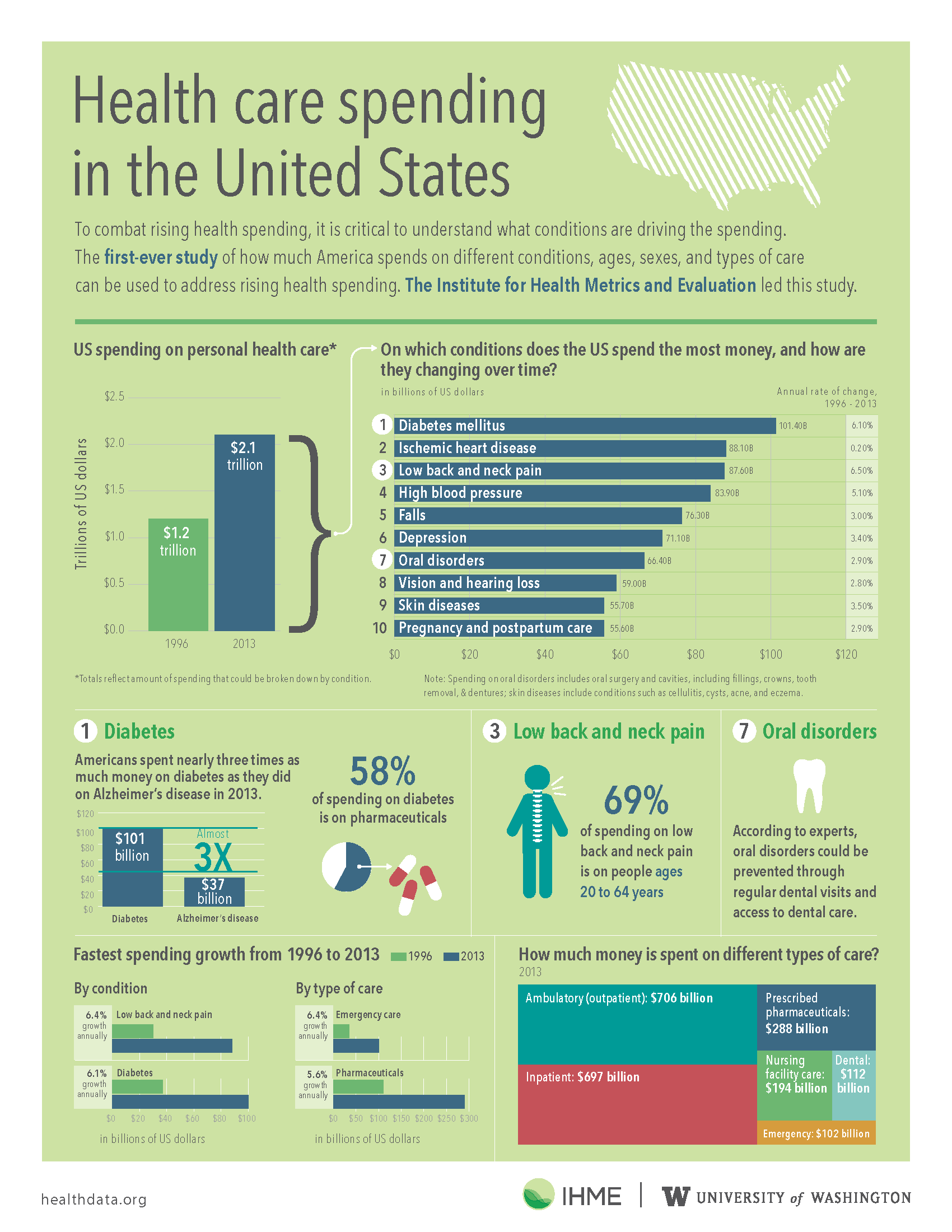Sorts Of Hernias That Require Surgical Intervention

Writer-Black Sylvest
* Inguinal rupture: A protrusion of cells through a weakened location in the stomach wall surface, usually on one side of the groin.
* Hiatal rupture: A projection of the belly with the diaphragm and into the upper body cavity.
* Umbilical rupture: A bulge near the stomach switch that occurs when a weakened area in the abdominal wall surface allows fat or other cells to press via.
* Forward hernia: A lump that happens when a weakened area in the stomach wall enables fat or other tissue to press through, frequently near a previous medical incision.
* Incisional rupture: A lump that happens when a damaged location in the stomach wall surface allows fat or other cells to press through, typically near a previous surgical laceration.
It is important to keep in mind that not all ruptures need surgical treatment, however these types do. If you believe you have a hernia, it is essential to seek advice from a health care professional for correct medical diagnosis and therapy.
So, you've been experiencing some pain recently, and after a complete evaluation, your physician has figured out that you have a hernia. Now, prior to you begin panicking, it is essential to understand that not all ruptures need surgical treatment.
Nevertheless, there are specific kinds that do, and that's what we're below to discuss. From inguinal ruptures to umbilical hernias and even hiatal ruptures, each one provides its own unique difficulties and considerations.
However let's not be successful of ourselves just yet. We'll dive into the specifics quickly enough.
Inguinal Hernias
If you're experiencing pain and pain in your groin area, you might have an inguinal rupture that calls for medical intervention. An inguinal hernia takes place when a part of the intestine or cellulite pushes via a weak point in the inguinal canal, which is located in the lower abdomen.
Hernia Surgery After Pregnancy of hernia is extra usual in guys than females and can be caused by elements such as heavy training, stressing during defecation, or persistent coughing. Signs and symptoms of an inguinal hernia include a lump in the groin area, discomfort or pain when coughing or lifting, and a feeling of pressure or weakness in the groin.
If left untreated, an inguinal hernia can bring about difficulties such as digestive tract obstruction or strangulation, which is why surgical treatment is required to repair the rupture and protect against more issues.
Umbilical Hernias
Do you recognize what an umbilical hernia is and just how it can be dealt with surgically?
An umbilical hernia happens when a part of the intestinal tract or stomach tissue protrudes through a vulnerable point in the stomach wall surface near the stubborn belly switch.
If you have an umbilical hernia that requires medical treatment, right here are 3 treatment options to consider:
- Hernia repair service surgery: This is the most common therapy for umbilical hernias. During the procedure, the doctor will certainly make a laceration near the rupture and press the protruding tissue back right into place. They'll then strengthen the stomach wall surface using stitches or a mesh spot.
- Laparoscopic surgical procedure: In many cases, a minimally invasive technique called laparoscopic surgical treatment may be made use of. This technique entails making small cuts and using a camera and specialized tools to fix the hernia.
- Open up surgical procedure: In even more complicated situations, open surgery might be necessary. https://markets.financialcontent.com/startribune/article/pressadvantage-2023-12-2-the-iskandar-complex-hernia-center-unveils-groundbreaking-insights-on-preventing-hernia-recurrence entails making a larger cut to gain access to and repair the rupture.
Hiatal Ruptures
A hiatal hernia occurs when part of the stomach protrudes through the diaphragm into the chest cavity. This sort of rupture is reasonably typical and commonly requires medical treatment.
Hiatal ruptures can be categorized right into 2 main types: sliding and paraesophageal ruptures. Moving hernias are the most usual and take place when the reduced part of the esophagus and the top of the belly slide up into the chest through the hiatus, a tiny opening in the diaphragm.
On the other hand, paraesophageal hernias are much less typical yet extra serious. In this type, a part of the stomach presses with the respite together with the esophagus, creating potential difficulties like gastric volvulus or strangulation.
Surgical fixing is generally needed to treat hiatal hernias and alleviate symptoms such as heartburn, chest discomfort, and difficulty swallowing.
Conclusion
So there you have it, the various sorts of hernias that need medical treatment.
One instance of a hernia instance that required surgery is John, a 45-year-old guy that experienced an inguinal rupture. Despite his first pain and apprehension, John went with surgical treatment.
The treatment was successful, and he experienced a complete recuperation, enabling him to go back to his normal tasks with no further difficulties.
Bear in mind, it is very important to talk to a health care specialist if you suspect you may have a hernia that requires surgical therapy.

